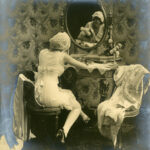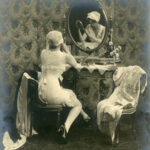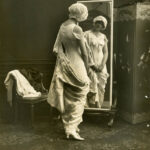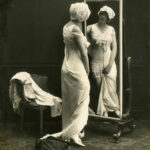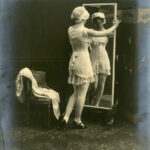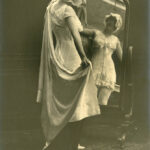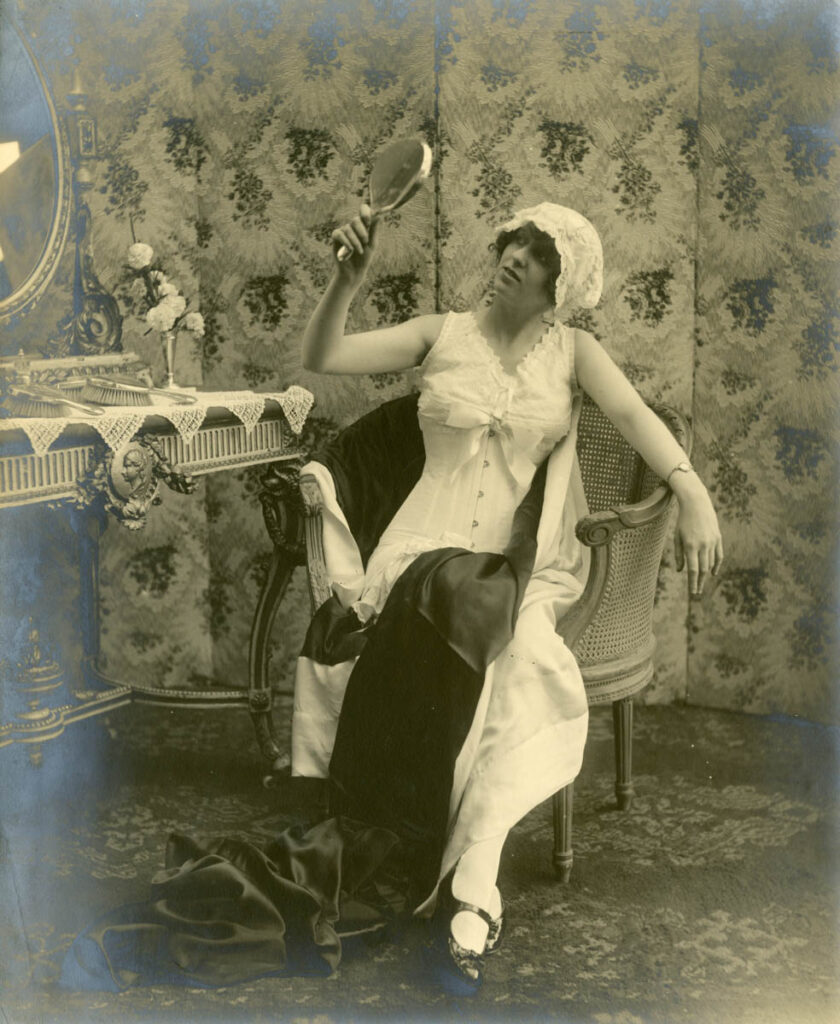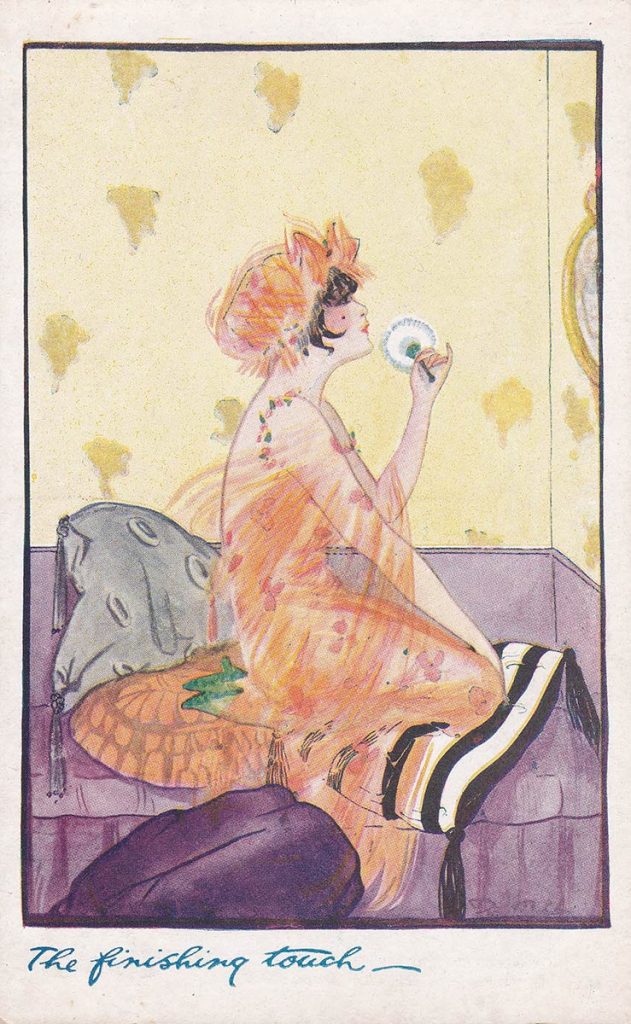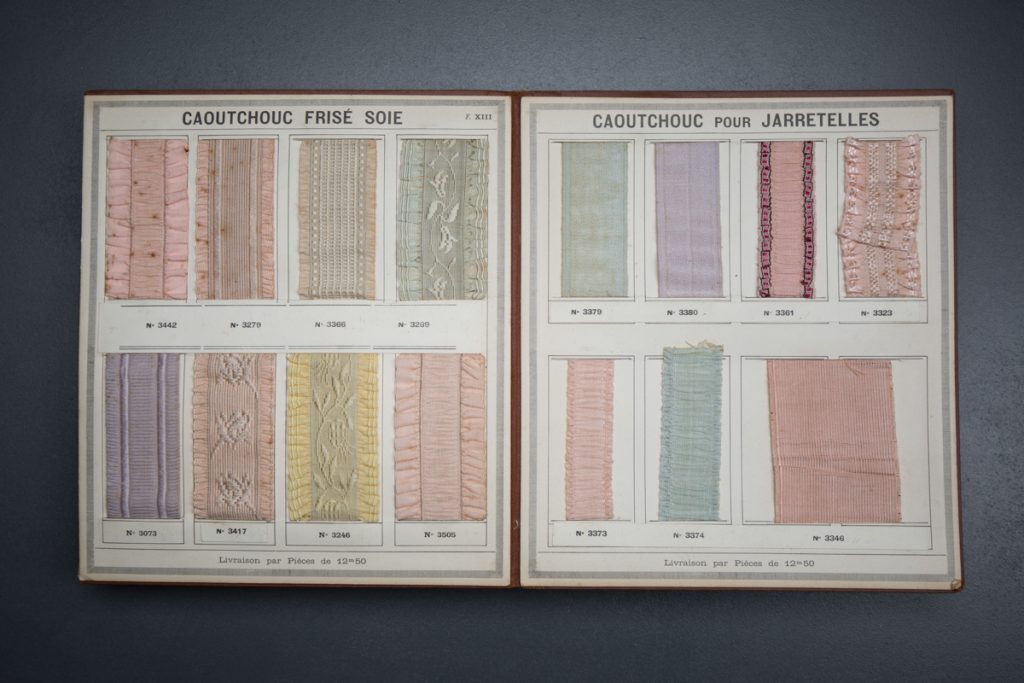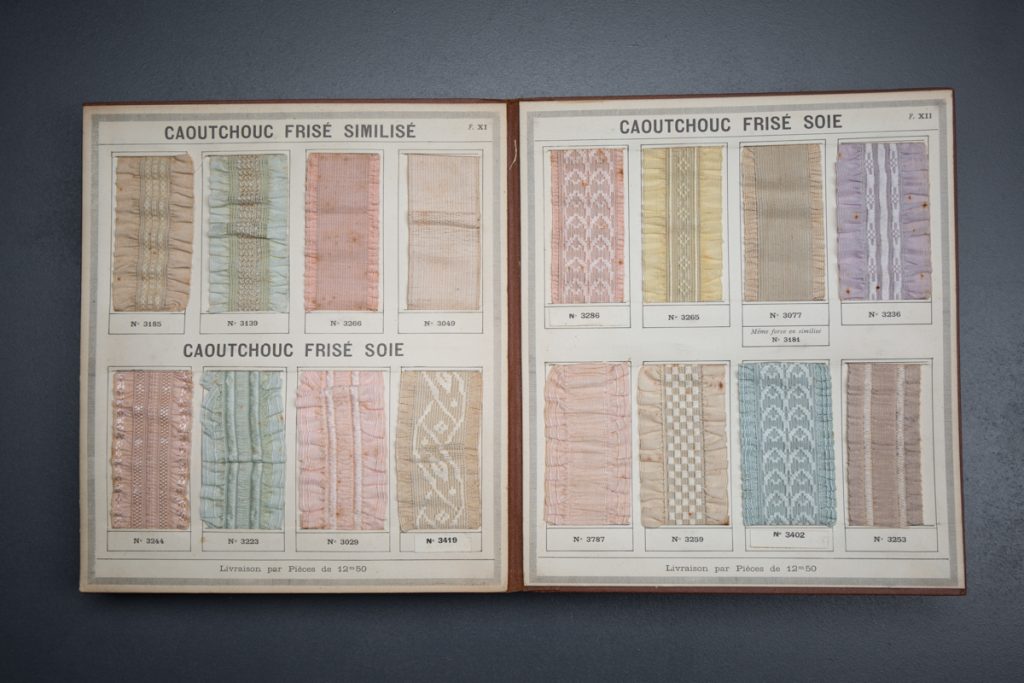To understand the power of a boudoir cap, one has to consider the physical space it is named after. In her work on the meaning of boudoir caps in New Zealand, Webster argues that buying and wearing a boudoir cap was an act of symbolic consumption which made the idea of the boudoir accessible to all (Webster, 165). What actually was a boudoir and what was its role in the life of women at the beginning of the twentieth century? The boudoir as a concept is mentioned in numerous books written for women to inform them about interior design or a recommended beauty regimen. These documents suggest that the boudoir was understood as a real physical space but also as an attitude towards a room. As such it relates to certain activities which are deemed quintessentially feminine.
When giving interior design advice on The Bedroom and Boudoir Lady Barker did not make a real distinction between the two rooms and claims that the bedrooms furnished according to her advice already possessed “a certain element of the […] boudoir” (Barker, 87). In the 1878 novel Une page d’amour the French novelist Zola describes how a cook waiting for her fiancé is able to fabricate a boudoir feeling in the kitchen by dimming the light with a curtain and scenting the room (1975 Winkler Verlag translation, 110). In her book on beauty treatments Mme Bayard defined the space by the activities a woman practises there. Her list included studying fashion, arranging dress and hair, and shaping nails – a place where a woman “by every artificial appliance at her command, does all her care and taste can suggest to add new lustre to her natural charms” (Bayard, 9). While the boudoir was imagined as a feminine and even seductive space, it was also a room that only few houses actually possessed. The great majority of women did not have the space of the financial means to have a real boudoir. But wearing a boudoir cap enabled them to add that same glamour to their lives. The boudoir cap was an affordable, portable and wearable form of the boudoir.
